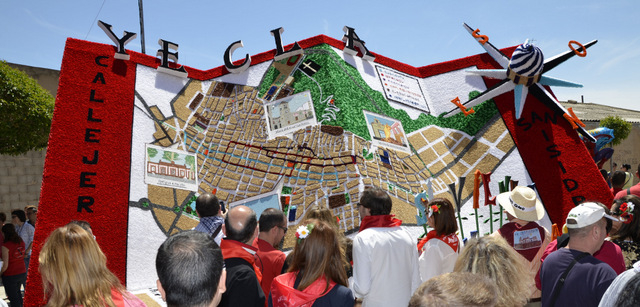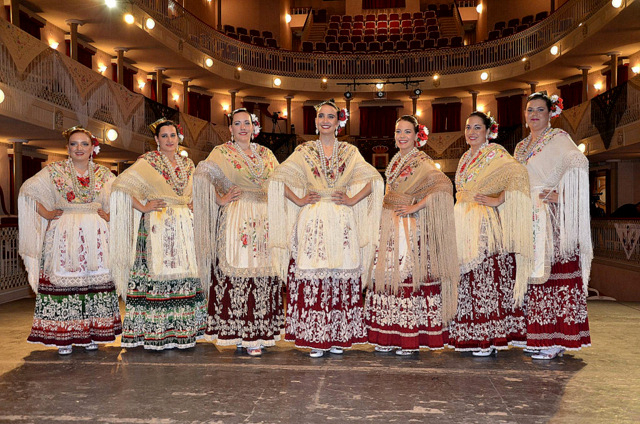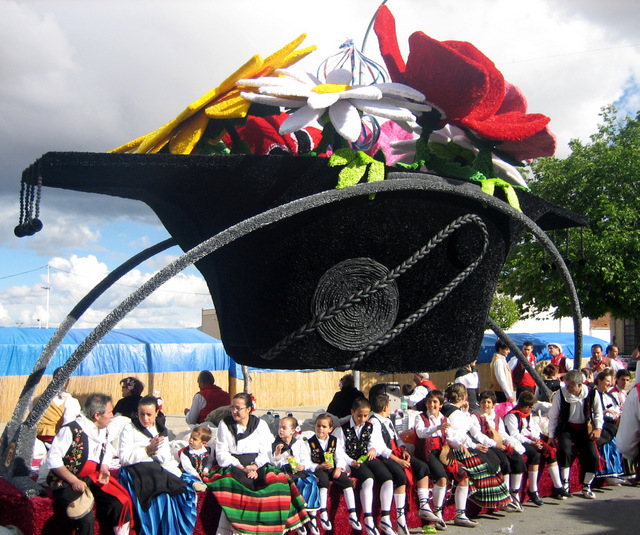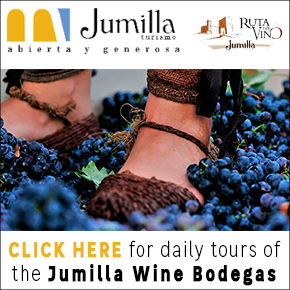- Region
- Águilas
- Alhama de Murcia
- Jumilla
- Lorca
- Los Alcázares
- Mazarrón
- San Javier
-
ALL AREAS & TOWNS
- AREAS
- SOUTH WEST
- MAR MENOR
- MURCIA CITY & CENTRAL
- NORTH & NORTH WEST
- TOWNS
- Abanilla
- Abarán
- Aguilas
- Alamillo
- Alcantarilla
- Aledo
- Alhama de Murcia
- Archena
- Balsicas
- Blanca
- Bolnuevo
- Bullas
- Cañadas del Romero
- Cabo de Palos
- Calasparra
- Camping Bolnuevo
- Campo De Ricote
- Camposol
- Canada De La Lena
- Caravaca de la Cruz
- Cartagena
- Cehegin
- Ceuti
- Cieza
- Condado de Alhama
- Corvera
- Costa Cálida
- Cuevas De Almanzora
- Cuevas de Reyllo
- El Carmoli
- El Mojon
- El Molino (Puerto Lumbreras)
- El Pareton / Cantareros
- El Raso
- El Valle Golf Resort
- Fortuna
- Fuente Alamo
- Hacienda del Alamo Golf Resort
- Hacienda Riquelme Golf Resort
- Isla Plana
- Islas Menores & Mar de Cristal
- Jumilla
- La Azohia
- La Charca
- La Manga Club
- La Manga del Mar Menor
- La Pinilla
- La Puebla
- La Torre
- La Torre Golf Resort
- La Unión
- Las Palas
- Las Ramblas
- Las Ramblas Golf
- Las Torres de Cotillas
- Leiva
- Librilla
- Lo Pagan
- Lo Santiago
- Lorca
- Lorquí
- Los Alcázares
- Los Balcones
- Los Belones
- Los Canovas
- Los Nietos
- Los Perez (Tallante)
- Los Urrutias
- Los Ventorrillos
- Mar De Cristal
- Mar Menor
- Mar Menor Golf Resort
- Mazarrón
- Mazarrón Country Club
- Molina de Segura
- Moratalla
- Mula
- Murcia City
- Murcia Property
- Pareton
- Peraleja Golf Resort
- Perin
- Pilar de la Horadada
- Pinar de Campoverde
- Pinoso
- Playa Honda
- Playa Honda / Playa Paraíso
- Pliego
- Portmán
- Pozo Estrecho
- Puerto de Mazarrón
- Puerto Lumbreras
- Puntas De Calnegre
- Region of Murcia
- Ricote
- Roda Golf Resort
- Roldan
- Roldan and Lo Ferro
- San Javier
- San Pedro del Pinatar
- Santiago de la Ribera
- Sierra Espuña
- Sucina
- Tallante
- Terrazas de la Torre Golf Resort
- Torre Pacheco
- Totana
- What's On Weekly Bulletin
- Yecla


- EDITIONS:
 Spanish News Today
Spanish News Today
 Alicante Today
Alicante Today
 Andalucia Today
Andalucia Today
The annual Fiestas of San Isidro every May in Yecla
The mid-May fiestas feature folk dancing, music and the famous parade of floats made from quilled paper
 Every year in mid-May in Yecla, reflecting the town’s agricultural heritage, the local fiestas are celebrated in honour of San Isidro, the patron saint of farmers and agriculture.
Every year in mid-May in Yecla, reflecting the town’s agricultural heritage, the local fiestas are celebrated in honour of San Isidro, the patron saint of farmers and agriculture.
In comparison to other local fiestas in the Region of Murcia the San Isidro celebrations in Yecla are relatively new, dating in their current form from the mid-twentieth century, but the veneration of San Isidro in the area has its roots a long way further back. In 1710 there was already a well named after the saint (San Isidro El Viejo), but it was not until the 1940s that an image representing the medieval Castilian farmer who was canonized in 1622 was installed in the Basílica de la Purísima. Over the following few years the tradition of a parade featuring carriages or floats developed, and this has now become the main event of the Fiestas in Yecla.
After the official Queen and Ladies in Waiting of the fiestas have been proclaimed there follow various Holy Masses, musical evenings, parades and folk dancing events, with the festivities culminating on the Saturday which falls closest to the feast day of San Isidro on 15th May in the parade known as the Gran Cabalgata de Carrozas.

The floats in this spectacular event are the result of thousands of man hours of preparation, beginning with the design, following which the wooden or metal structure is erected on tractor trailers. There then follows the laborious and painstaking task of decorating the structure with 7-centimetre pieces of silk or manila paper which are crumpled and fixed to the framework.
Floats can be up to six metres long and a similar height, meaning that tens of thousands of strips of paper are used in creating the finished article. The scenes they depict are all related to Yecla and local agriculture.
The members of the “peñas” (or festive and folk groups) which prepare the floats dress for the Saturday parade in traditional local costume, and the event is a riot of colour as confetti rains down on the participants and spectators. The atmosphere is enlivened still further by the wine and food which are distributed to all those present, and at the end of the event prizes are awarded for the best floats.
The history of the Fiestas de San Isidro in Yecla
 San Isidro lived in the 11th and 12th centuries near Madrid and 438 miracles are attributed to him. Religious devotion to him became more widespread following his beatification in 1619 and his canonization three years later, and by 1710 there well in Yecla was known as San Isidro el Viejo. At around this time a small church named after him was built in the outskirts of the town.
San Isidro lived in the 11th and 12th centuries near Madrid and 438 miracles are attributed to him. Religious devotion to him became more widespread following his beatification in 1619 and his canonization three years later, and by 1710 there well in Yecla was known as San Isidro el Viejo. At around this time a small church named after him was built in the outskirts of the town.
By the mid-18th century Calle San Isidro had received its name and an image of the saint was in place in the church of Santa Bárbara, and in 1816 the local water administration body assumed his name. Not long afterwards another water administration body took the name of María de la Cabeza (Isidro’s wife).
It may be that the origin of the Fiestas de San Isidro Labrador lie in the year 1944, when the images representing him and María de la Cabeza, both created by the Alcoy sculptor Miguel Torregrosa Alonso, were carried in procession through the streets of the town by the Hermandad de Labradores y Ganaderos (the brotherhood of crop and livestock farmers). This procession has been repeated every year since.
The main parade was added to the festivities in 1949, and as the popularity of the Fiestas has grown it has become one of the three main annual events in Yecla (alongside Easter Week and the Fiestas de la Virgen del Castillo in early December).
1953 a Battle of Flowers was incorporated into the fiestas and the first Queen and Ladies in Waiting were elected in 1958. These dignitaries are chosen at the end of March and parade through the town on a float sponsored by the Town Hall, and since 1979 a junior Queen and six Ladies in Waiting have been added to the list.
The first international folk dancing festival was held in 1980, since when groups from all over Spain and Europe have taken part, and a children’s folklore festival has been held alongside since 1987.
The federation of “Peñas” has been in existence since 2000, and now contains 32 groups dedicated to preparing the floats and ensuring that the folklore and traditions of Yecla are kept alive.
Oficina de Turismo de Yecla
 Yecla is a large municipality in the north of the Region of Murcia, home to just under 35,000 people, and these days is best known for its wines, which enjoy Denomination of Origin status, and its furniture production, which has its origins in the abundance of pine trees on the mountainsides and the high plateaux.
Yecla is a large municipality in the north of the Region of Murcia, home to just under 35,000 people, and these days is best known for its wines, which enjoy Denomination of Origin status, and its furniture production, which has its origins in the abundance of pine trees on the mountainsides and the high plateaux.
 While visitors in the 21st century may be attracted primarily by wine tourism, the town (or city, as it was proclaimed in 1878) also has a wide historical, cultural and natural heritage, and an identity quite different from the coastal areas of the Region of Murcia. For this reason it is often grouped together with its neighbour and fellow wine-producing area Jumilla as part of the Altiplano area.
While visitors in the 21st century may be attracted primarily by wine tourism, the town (or city, as it was proclaimed in 1878) also has a wide historical, cultural and natural heritage, and an identity quite different from the coastal areas of the Region of Murcia. For this reason it is often grouped together with its neighbour and fellow wine-producing area Jumilla as part of the Altiplano area.
Yecla borders with Castilla-La Mancha and the Region of Valencia and is closer to Alicante coastal areas than much of Murcia. These visitors come to see the historic old town itself - an atmospheric and interesting place, crammed full of history - the natural beauty of Monte Arabí, with stunning views for those who enjoy the outdoors, the gastonomy and of course the wine route.
 Yecla boasts cave paintings from 10,000 years ago in Monte Arabí, a Bronze Age settlement at El Arabilejo, Iberian remains in El Pulpillo and a Roman administrative centre at Los Torrejones as well as the remnants of the 11th century Moorish castle on the hill behind the town. More modern (and complete) testimony to the past are the buildings in the town centre, which include the grandiose Basílica de la Purísima, with its striking blue dome, the archaeological museum and the attractive Plaza Mayor, where the 16th century Town Hall stands alongside the Renaissance Casa de los Alarcos, the clock tower and the old grain store.
Yecla boasts cave paintings from 10,000 years ago in Monte Arabí, a Bronze Age settlement at El Arabilejo, Iberian remains in El Pulpillo and a Roman administrative centre at Los Torrejones as well as the remnants of the 11th century Moorish castle on the hill behind the town. More modern (and complete) testimony to the past are the buildings in the town centre, which include the grandiose Basílica de la Purísima, with its striking blue dome, the archaeological museum and the attractive Plaza Mayor, where the 16th century Town Hall stands alongside the Renaissance Casa de los Alarcos, the clock tower and the old grain store.
 The tourist office holds a full selection of leaflets, maps, pre-planned routes, accommodation and restaurant options and information about visiting Yecla for both individuals and groups.
The tourist office holds a full selection of leaflets, maps, pre-planned routes, accommodation and restaurant options and information about visiting Yecla for both individuals and groups.
There is parking close to the tourist office, although those driving to Yecla for the first time are advised to park in Calle Perales.
For further information go to the home page of Yecla Today.
Opening hours:
Tuesday to Friday 8.00 to 15.00
Saturdays 10.30 to 14.00 and 17.00 to 19.30.
Public holidays 10.30 to 14.00
Click for map, Yecla tourist office
Cartagena
El Carmoli
Islas Menores and Mar de Cristal
La Manga Club
La Manga del Mar Menor
La Puebla
La Torre Golf Resort
La Union
Los Alcazares
Los Belones
Los Nietos
Los Urrutias
Mar Menor Golf Resort
Pilar de la Horadada
Playa Honda / Playa Paraiso
Portman
Roldan and Lo Ferro
San Javier
San Pedro del Pinatar
Santa Rosalia Lake and Life resort
Terrazas de la Torre Golf Resort
Torre Pacheco
Aledo
Alhama de Murcia
Bolnuevo
Camposol
Condado de Alhama
Fuente Alamo
Hacienda del Alamo Golf Resort
Lorca
Mazarron
Puerto de Mazarron
Puerto Lumbreras
Sierra Espuna
Totana
Abaran
Alcantarilla
Archena
Blanca
Corvera
El Valle Golf Resort
Hacienda Riquelme Golf Resort
Lorqui
Molina de Segura
Mosa Trajectum
Murcia City
Peraleja Golf Resort
Ricote
Sucina
Condado de Alhama
El Valle Golf Resort
Hacienda del Alamo Golf Resort
Hacienda Riquelme Golf Resort
Islas Menores and Mar de Cristal
La Manga Club
La Torre Golf Resort
Mar Menor Golf Resort
Mazarron Country Club
Mosa Trajectum
Peraleja Golf Resort
Santa Rosalia Lake and Life resort
Terrazas de la Torre Golf Resort
La Zenia
Lomas de Cabo Roig

CAMPOSOL TODAY Whats OnCartagena SpainCoronavirusCorvera Airport MurciaMurcia Gota Fria 2019Murcia property news generic threadWeekly Bulletin














